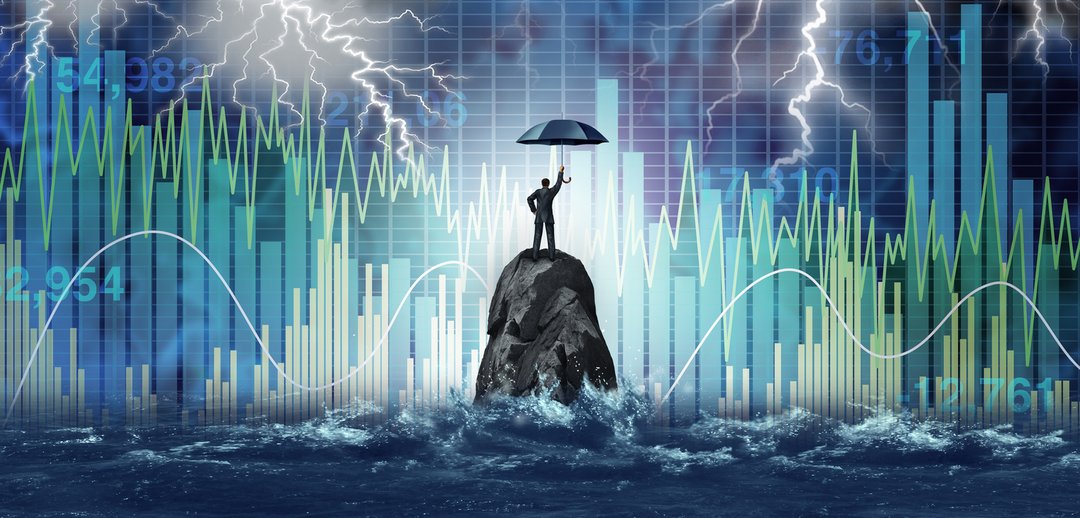This post was originally published on this site
In 2022, market volatility made a comeback as what central bankers called transitory inflation proved to be anything but. Finding himself increasingly behind the inflation curve, Jerome Powell, the chair of the U.S. Federal Reserve, began to promise and deliver aggressive rate hikes, putting fear into equity investors. And so it went throughout the year with the market continually underestimating the pace of hikes and continually having to be reminded with a routine scolding from both Mr. Powell and a supporting cast of Fed representatives. The market lurched and gyrated, and volatility soared. Then Jan. 1 of this year came, and it was like someone flipped the proverbial switch. Volatility collapsed.
iStock-1397574289
A favourite market idiom of mine comes to mind when observing markets this year: “Climbing the wall of worry.” The phrase refers to markets that continue to rise amid in the face of negative economic news. Markets have been very good at that of late – after all, there is plenty to worry about these days. U.S. government debt-ceiling concerns, a continuing U.S. regional banking crisis, a tightening of financial conditions, geopolitical rumblings, and, while perhaps better than the worst expectations, an earnings recession, as economist David Rosenberg points out. We have had historic swings in bond markets, and long-term rates have been rising once again. U.S. credit default swaps are trading at significantly higher levels than those of Mexico and Brazil.
But judging by the moves in Wall Street’s major stock indexes, the fears of a worsening banking crisis appear to have been overblown. Sure, the VIX (CBOE Volatility Index) did hit a high of almost 31 following the collapse of Silicon Valley Bank, but it fell rather steadily back to around 21 soon afterward It now sits at about 17, well below its long-term average of around 21. Yet U.S. bond market volatility remains curiously very high and continues to rise. It is far outpacing equity volatility, which is trending downward. So why the very large divergence of bond and equity volatility, a gap that sits near all-time highs?
Some of the blame lies in the structure of the equity market. Stocks such as Microsoft, Apple and Alphabet carry a heavy weight in the index. A flight to safety in cash-rich, A.I.-focused big-cap leaders with healthy balance sheets has led to a bifurcation in performance. Indeed, a vast majority of the performance in the S&P 500 in 2023 comes from this handful of stocks – a chart of equal-weight index performance versus market-cap performance illustrates this well. Below the surface, however, it might seem that all is not so well, with the Russell 2000 index continuing to plumb the depths just as names such as Nvidia and Meta enjoy meteoric runs of near 100 per cent year-to-date.
In other words, a few stocks could be masking a troubling undercurrent. Because of how they disproportionately affect the index, those gains have produced a veneer of calm from a volatility perspective. Microsoft, Nvidia and Apple sit at – or near – all-time highs, while many stocks struggle to break above some key moving averages. A few “safe haven” stocks are doing much of the heavy lifting, driving down broader index volatility as the economy begins to gasp for air, as evidenced by the underwhelming broader performance from other U.S. stocks, in particular, those focused on the domestic market.
A recent Bank of America fund manager survey showed a level of pessimism not seen since October, 2008. I think they are seeing a deteriorating macro environment, even higher rates to come, and most importantly – high rates for longer. I am seeing a broader market that is increasingly held together by a few hard-charging “safe” tech behemoths, companies that are ultimately not immune to an economic slowdown. I believe this sense of calm can disappear as quickly as it came.
